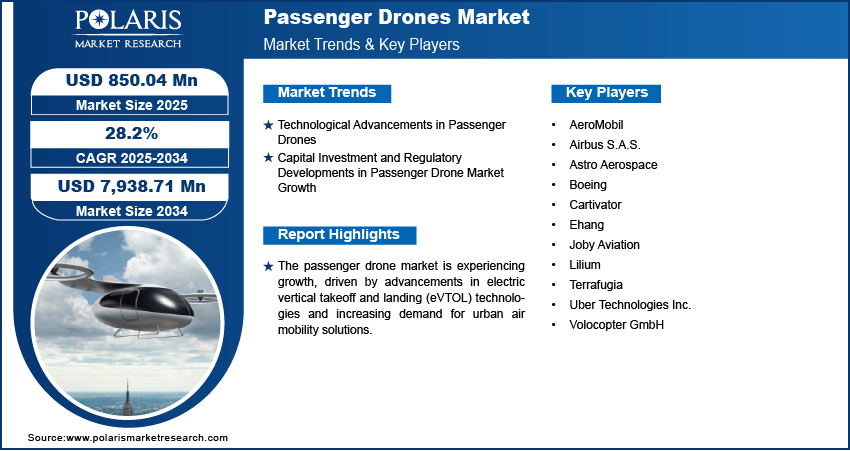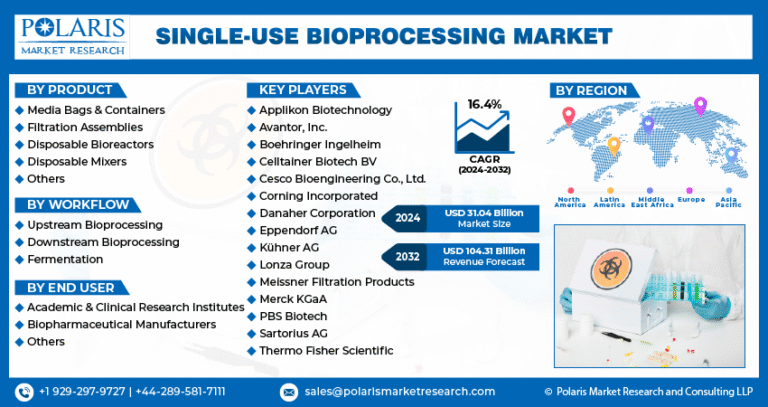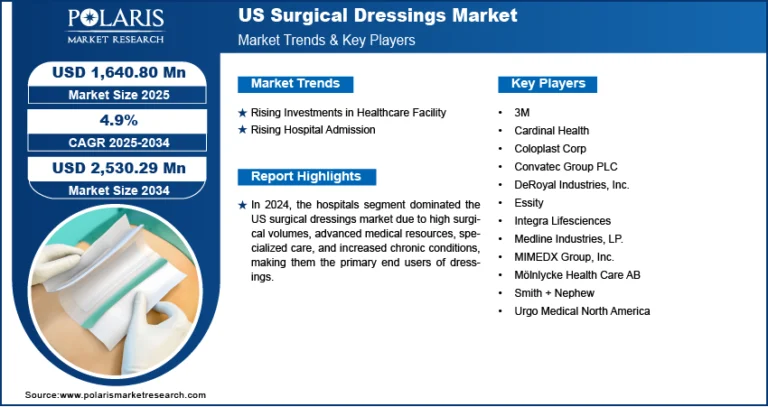Passenger Drones Market Projected to Reach USD 7,938.71 Million by 2034, Growing at a CAGR of 28.2%

🌐 Market Overview
Passenger drones—also known as eVTOLs (electric Vertical Take-Off and Landing aircraft) or flying taxis—are autonomous or remotely piloted vehicles designed to transport passengers at low altitudes. They offer vertical take-off and landing capabilities, aiming to alleviate road congestion, reduce commute times, and enable flexible point-to-point travel in dense urban environments. Leading developers include EHang, Volocopter, Joby Aviation, Lilium, Archer, Airbus, and Boeing.
The global passenger drones market was valued at USD 665.96 million in 2024 and is projected to grow to USD 850.04 million in 2025. By 2034, the market is expected to reach USD 7,938.71 million, registering a robust compound annual growth rate (CAGR) of 28.2% during the forecast period.
Passenger Drones Market Trends & Insights
-
Rise of Urban Air Mobility (UAM) Programs
Governments and private firms are investing heavily in air corridors, vertiports, and air traffic systems to support eVTOL deployment. -
All-Electric Propulsion Systems
Nearly all passenger drone designs focus on electric power to achieve zero emissions and meet sustainable transit goals. Most are built for 3–5 passengers, optimized for short, inner-city flights. -
Modular Rotor Architectures
Designs range from simple few-rotor units to complex systems with 10+ rotors, offering redundancy and greater payload flexibility. -
Strategic Industry Partnerships
Collaborative programs—such as alliances between manufacturers, ride-share platforms, and regulatory bodies—are accelerating certification and early pilot deployments.
📊 Market Size & Forecast
Market size value in 2025 USD – 850.04 million
Revenue forecast in 2034 USD – 7,938.71 million
CAGR – 28.2% from 2025 – 2034
Request for Free Sample: https://www.polarismarketresearch.com/industry-analysis/passenger-drones-market/request-for-sample
🚀 Growth Drivers
-
Urban Traffic Challenges
Rising congestion in mega-cities is prompting interest in aerial alternatives to save time and improve urban mobility. -
Clear Regulatory Momentum
Aviation regulators globally (FAA, EASA, etc.) are advancing frameworks for eVTOL safety, navigation, and remote identification, paving the way for commercial operations. -
Smart City & Sustainability Agendas
eVTOLs align with smart city strategies aiming to reduce road pollution, noise, and travel time. -
Technology Progress
Breakthroughs in battery systems, autonomous flight controls, and lightweight materials are making passenger drones more viable and affordable.
⚠️ Market Challenges
-
Airspace Management Complexity
Integrating hundreds of low-altitude vehicles into current air traffic systems requires major upgrades in detect-and-avoid technologies and airspace coordination. -
Certification Delays
Airworthiness rules and type certification processes are still evolving, which could stall commercialization timelines. -
Lack of Infrastructure
A broad network of vertiports, charging stations, and maintenance hubs does not yet exist, requiring substantial planning and investment. -
Public Concerns
Issues over safety reliability, noise impact, data security, and visual pollution need to be addressed to gain community acceptance.






